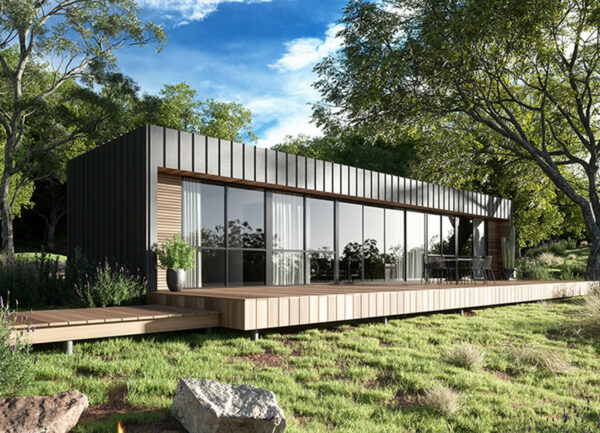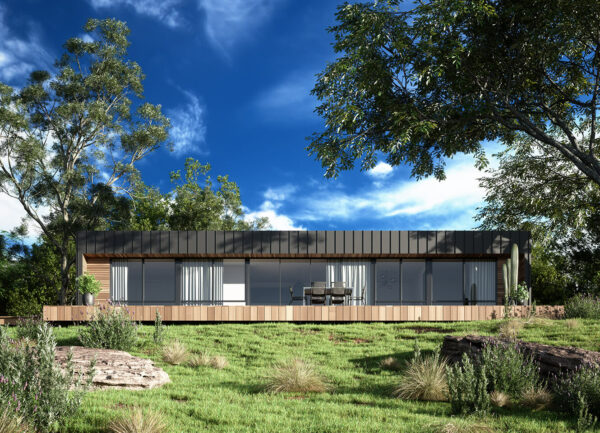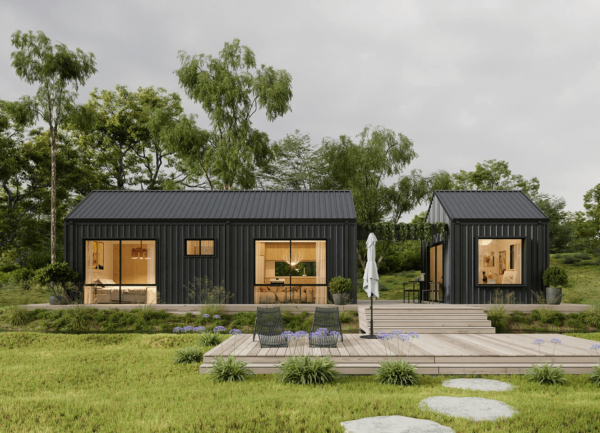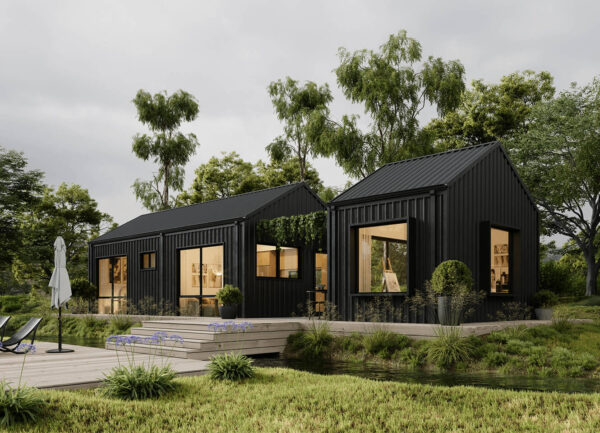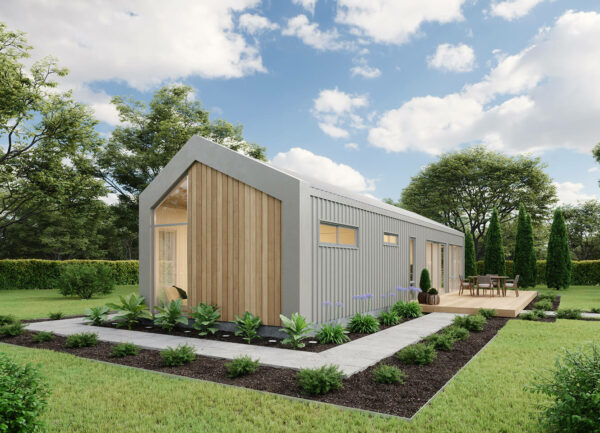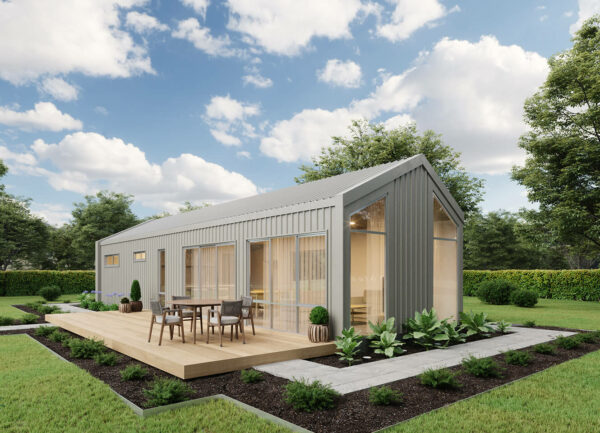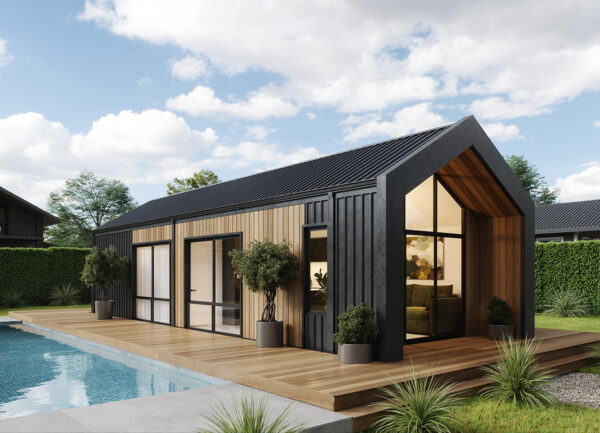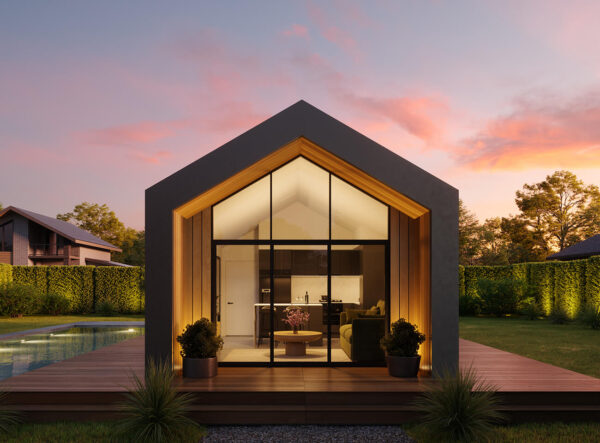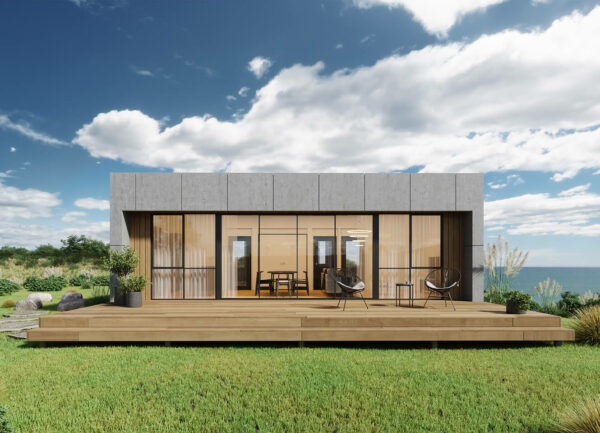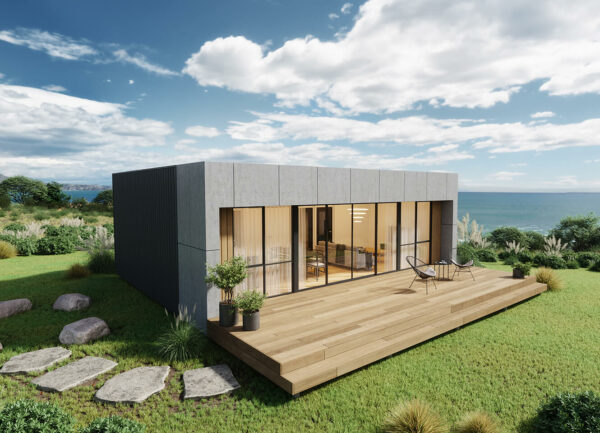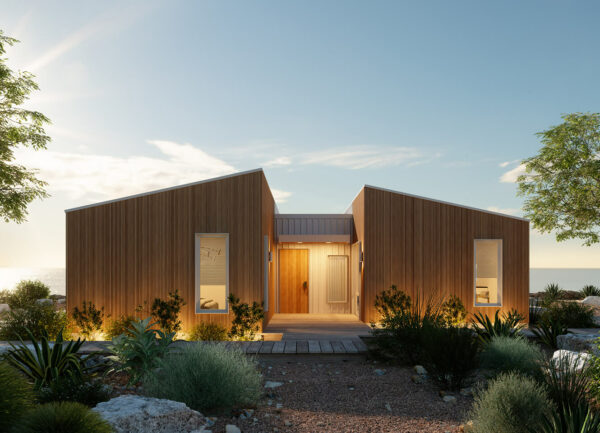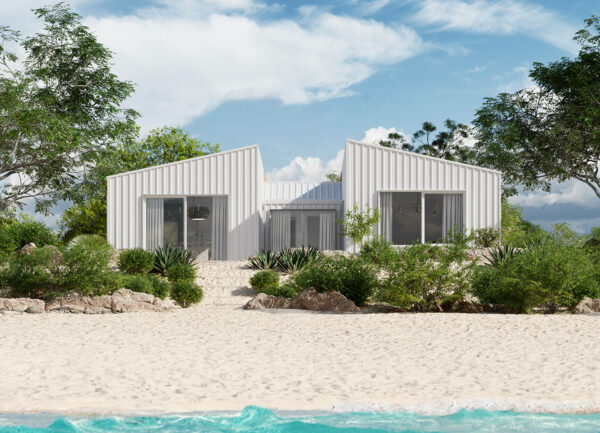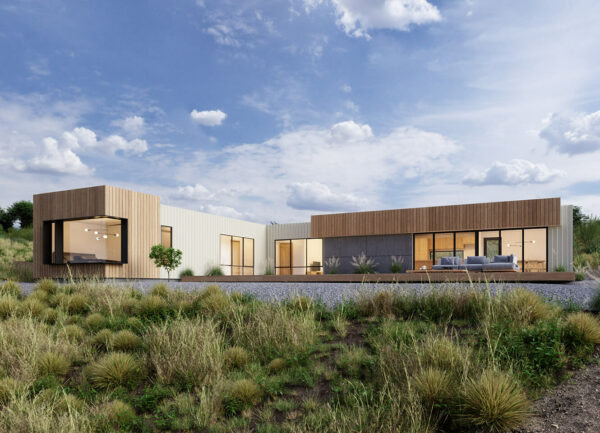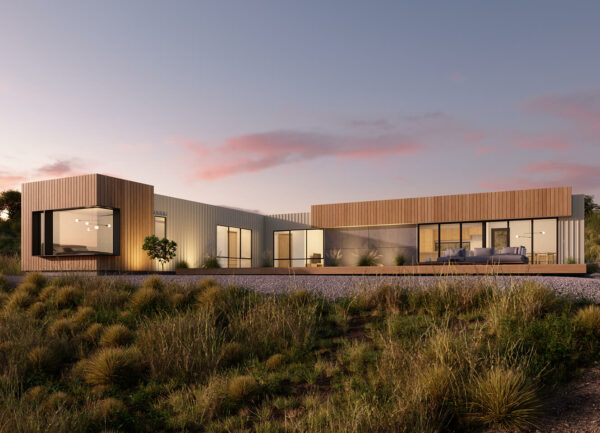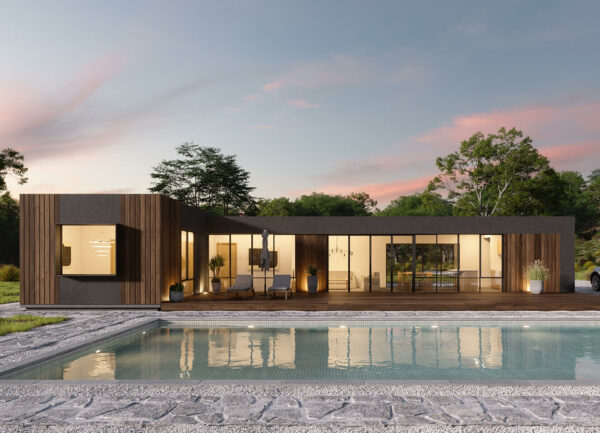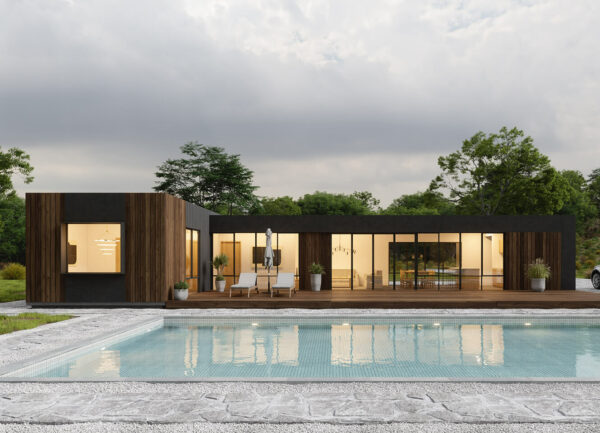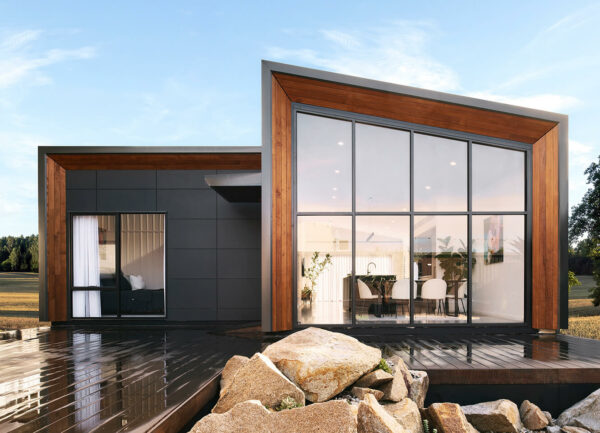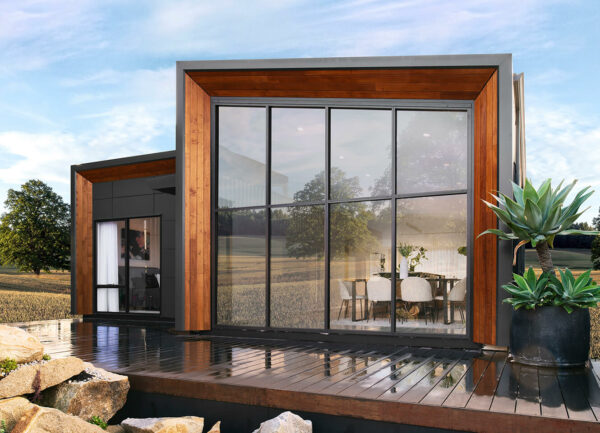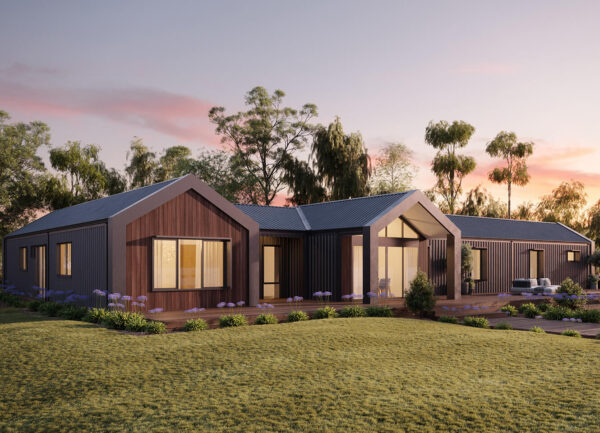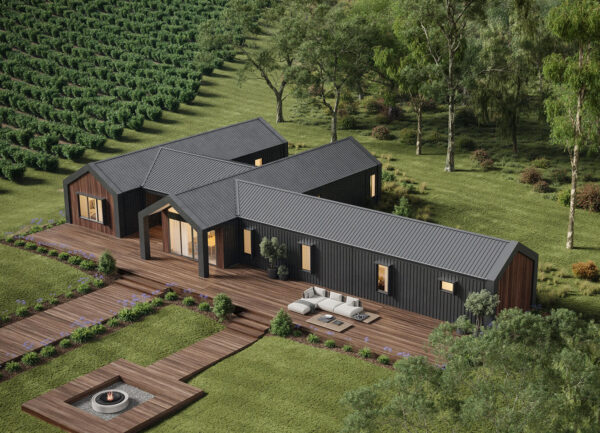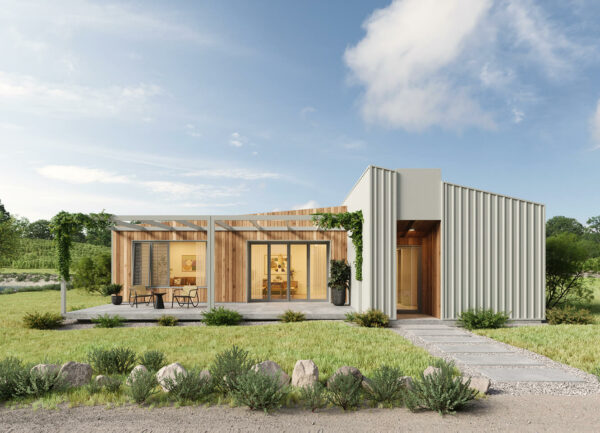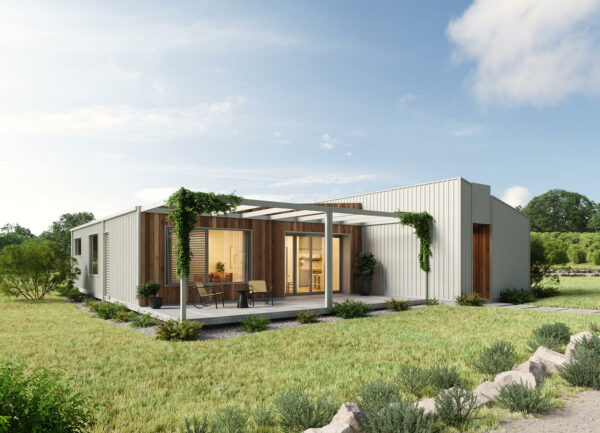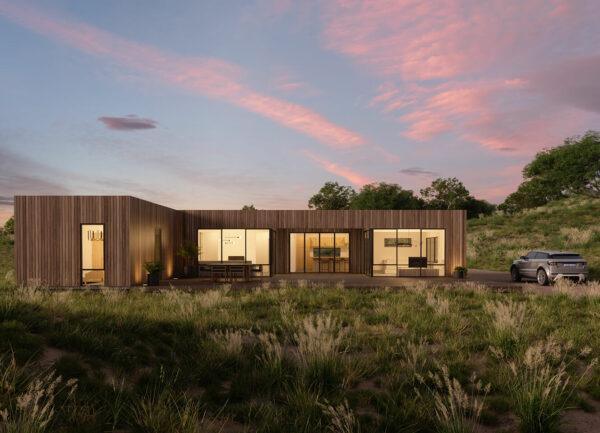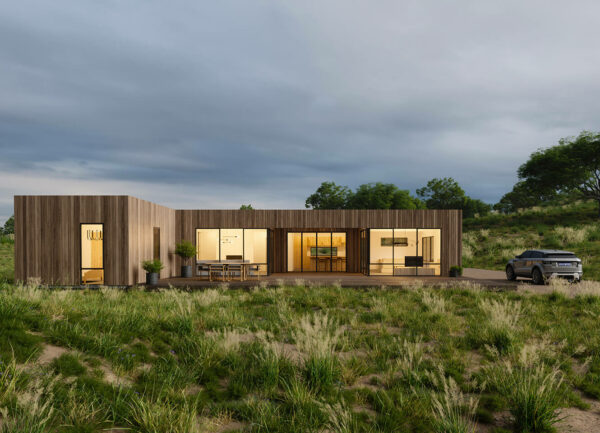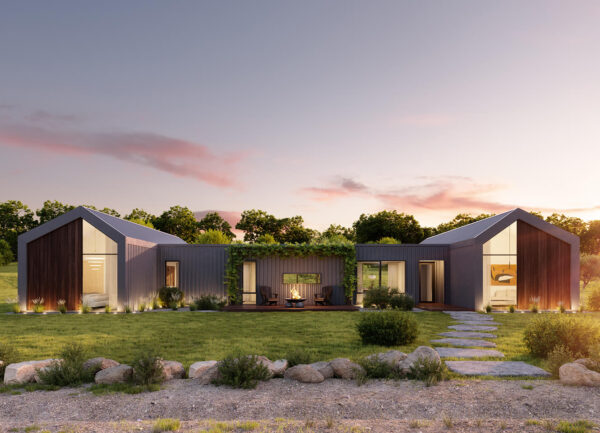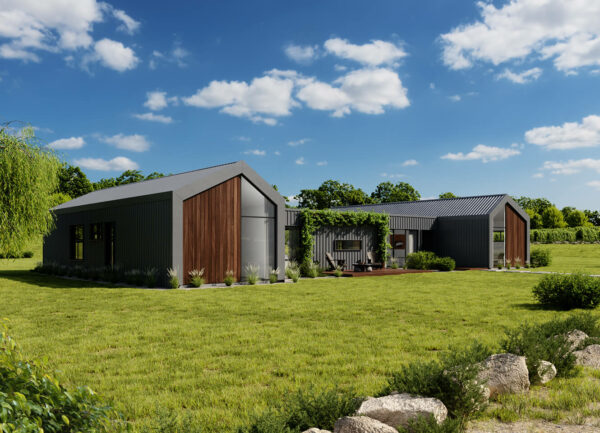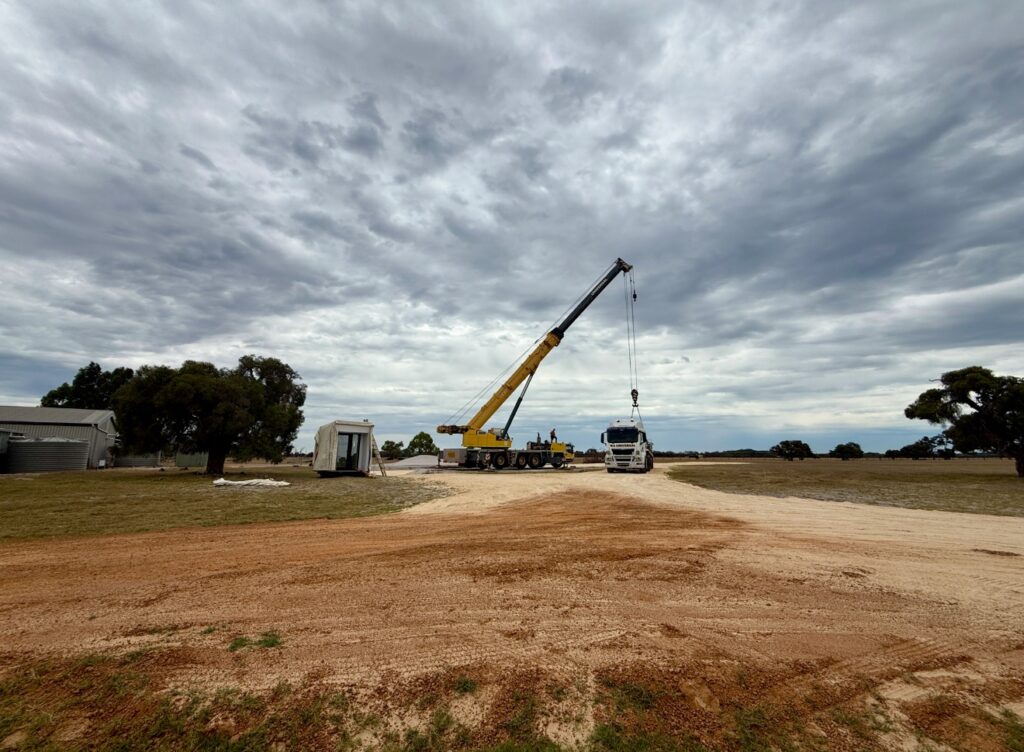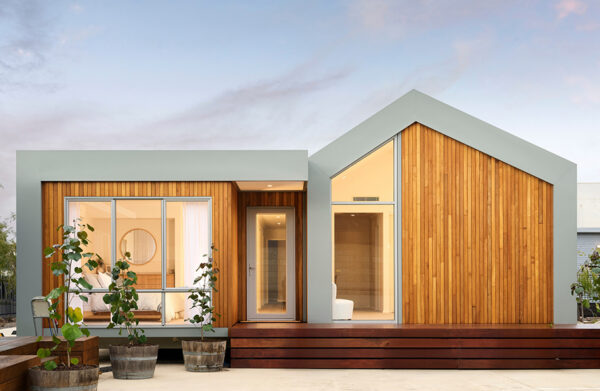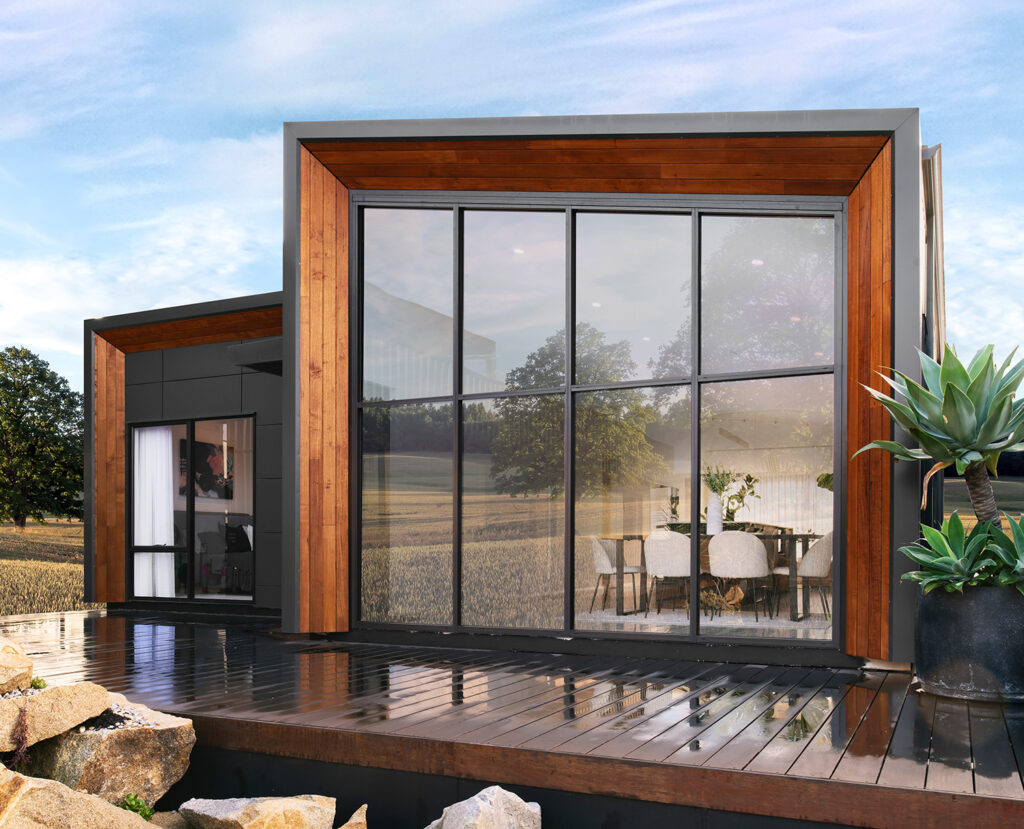Modular homes, also known as prefabricated or prefab homes, are becoming a big part of the building industry all over the world. Prefab builds account for approximately 70% of the construction industry in Sweden and many European countries.
In Australia, this type of modular housing is becoming ever more popular compared to traditional housing. This trend is apparent not only among homeowners, but more and more business owners are making the switch. It is estimated that one in every 10 constructions in Australia could be a modular home by 2027.
What is Modular Housing Exactly?
Prefab, modular or offsite construction has been a crucial member of the residential market. It has thrived in many regions around the world, especially in Sweden and Japan where 80% and 15% of homes in the respective countries are constructed off-site. The numbers are continuing to rise quickly in Europe and Asia.
To understand better about what a modular home is, let us take a look at its characteristics:
- It is built in a factory or a controlled environment.
- It is constructed one section after another.
- The site of the new home will be prepared while the sections are being built in a separate place.
- Once the site is ready, the modular home will be delivered section by section.
Benefits of Modular Housing
Modular homes can easily be compared to traditional housing. The significant difference is that a modular home is constructed in a factory. It is based on a specific design with sections manufactured on an assembly line. These sections are then taken to a building site to finally complete the home.
A modular home may sound interesting but is it the type of home you wish to have? To help you decide, we have put together a list of the benefits of modular housing.
Many people in Australia and other parts of the world love modular housing mainly for the following reasons:
- Fast: The building process does not take long. Unlike with a conventional home, you will have to face delays due to weather and even the shipment of supplies or materials. There are usually no such issues with a modular home – they can be constructed in a controlled climate factory and the inspectors are already on-site, which can aid in speeding up the process.
- Quick delivery: The sections will be delivered right away, usually one at a time. You will see how the home is constructed right before your eyes. It also helps keep the costs lower since the crew finish building quickly. We all know that the costs start soaring up the longer it takes to build the house.
- Valuable: Modular homes are often compared to mobile homes because they can be quite similar. However, the big difference is that a modular house does not lose value over time. It even appreciates, just like with traditional homes. Therefore, many financiers, investors, and lenders are happy to provide financing for the potential homeowner.
- Energy efficiency: One of the reasons why experts and even environmentalists are happy about modular housing is that the homes are energy efficient. They utilise high-quality windows and are well-insulated. Energy efficiency is easily tested primarily because the houses or its sections are built in a factory. This way, the manufacturers can confirm that the house is indeed an energy saver.
- Low bills: Since you have an energy-efficient home, you will certainly save money on bills.
- Easy selling: In case you decide to sell the home in the future, it will often be much easier to do so. Many advocates of the environment are constantly looking for a new house. It should not take long for you to find a potential buyer since you can both target environmentalists and average people.
Assumptions About Modular Homes
Modular homes are quite appealing and interesting. However, not everyone understands what they truly are. Many Australians have formed certain theories about them. This section gives you details about what some people assume about modular housing, along with the truth behind them:
-
Prefab houses all look the same.
This idea was perhaps born several decades ago when modular homes were not as advanced as they are today. A wide range of home designs exists to match Australia’s landscape and lifestyle. You can have a granny flat, which is mostly designed for the elderly but is also suitable for young adults and nannies.
Even better, modular homes can be designed by the owner. It is like building your home out of your style. If you are not sure about what you want, you can always take an existing design from the builder and simply customise it to make it your own.
-
Modular houses are of poor quality.
There is always this debate that a modular house is inferior to a conventional or stick-built house when it comes to quality. However, even a traditional home built on the site can be poor quality too. Some factors decide the superiority of the construction, including the skills of the builder, the contractor’s plans, and the materials used.
It does not mean that a modular house is of poor quality. Even experts recommend it because it is not only sturdy but energy-efficient as well. It comes with a ton of benefits, including being able to withstand harsh weather conditions. It may not even be easy to tell the difference between a modular house and a traditional one.
-
These homes cost more than those built on the property.
Surprisingly, prefab homes will allow you to save more money. They are built quickly, usually in a matter of weeks. Inspections are already performed at the factory with a third-party inspector present during the phases of construction. Saving time saves money as well.
Of course, if you plan to have a more complex home than other modular houses, you will expect to pay more than other simpler construction. However, those built onsite would often be more expensive.
-
Modular homes are the same as manufactured homes.
Manufactured homes are often built offsite too, just like modular homes. However, the difference between these two is that a modular home is assembled on a permanent foundation. A manufactured one does not have such, which is why it is typically referred to as a mobile home.
In this case, a mobile or manufactured home does not have one specific location. It can easily be moved from one place to another. However, owners should understand that there are laws and regulations when relocating.
